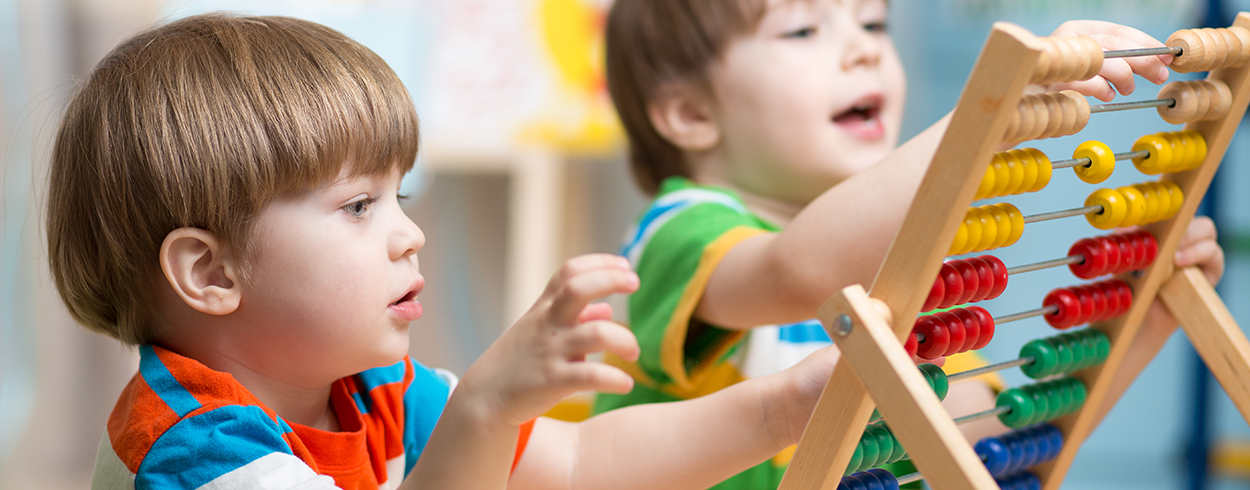Introduction
By including your child in the act of measuring and becoming aware of differences in size and quantity, your child will begin to understand how measurement is an important piece of our daily life.
Tools and Materials
Rulers, measuring tapes, scales are great, but you can also use a piece of paper, a foot, hand or many other objects.
Steps to take
Give your child an easy to reach "shelf or his/her own" in the kitchen that he/she can get to easily and use these items any time. You can also take these items to the bathtub or beach!
At Home
If you have more time
- Have your child help you make food/follow a recipe and use measuring cups, and spoons.
- Count tiles on the floor to measure the length of a room.
- Using your hands, measure the length of the table, the height of the table, the height of a chair.
- Use a piece of string or yarn to measure a book, the length and the width.
- Use beads or macaroni to make a necklace and measure how long it is.
- Stack items you find in the house like cans, boxes, pillows. Compare heights.
- When pouring drinks, ask "Which glass has more?" or "Which has less?" Point out when the glass is empty or full.
- Measure how tall family members are by standing next to each other or by standing up against an object.
On the Go
If you have more time
- Use your feet and count how many steps it takes to get to a certain place- across the driveway, or parking lot. On the playground, count how many steps to the top of the slide. If more than one slide, "Which slide is higher?"
- Point out the clock in the car-Talk about the time you started the trip and the time when you arrive.
- Point out the gas gauge on your car and have your child note when the lever is on E for empty and F for full.
Words to Know
Length Width More and less Height Inches. Weight Compare Feet Cups
Possible Observations
Compares sizes by measuring; uses comparison words to describe objects; listens to stories; plays games
